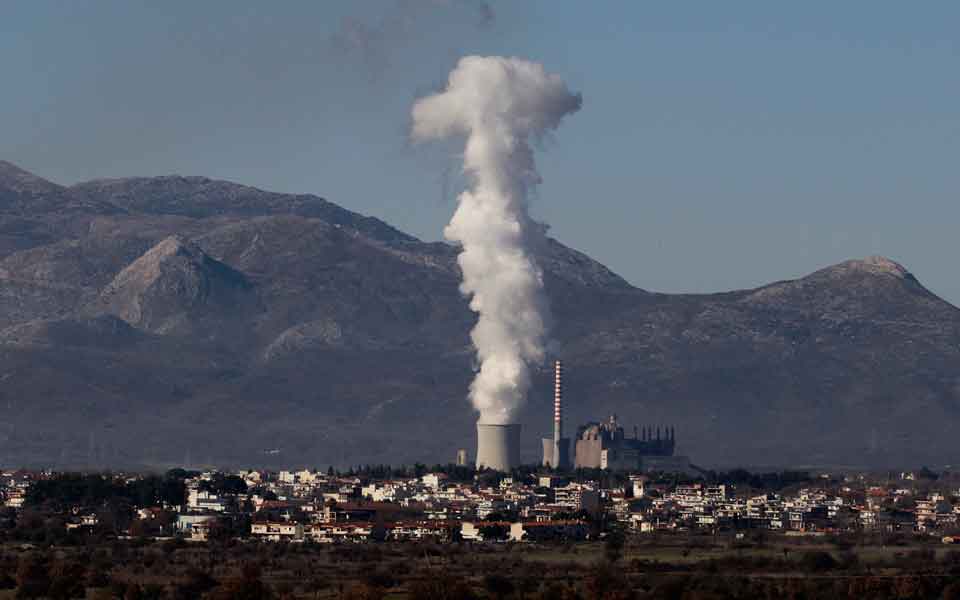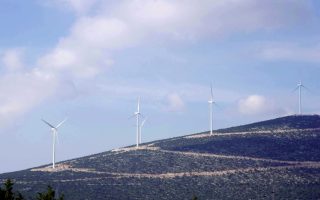Incentives to invest in power heartlands

The government is working on a set of incentives to attracts private investments in Western Macedonia and at Megalopoli in the Peloponnese aimed at replacing activity from the lignite-fired power plants it is shutting down.
The incentives being considered by the coordinating committee for the Fair Growth Transition Plan, in cooperation with the prime minister’s office and the competent ministries, target the creation of a special funding, tax and licensing status for the rapid realization of major investments. They will also seek to mitigate the social and economic shock from the termination of the PPC lignite units’ operation in two areas that are almost entirely dependent on them.
Given the production profile of these areas and the interest expressed by potential investors, the core of the plan concerns energy and industry: Photovoltaic parks, the transformation of the lignite plants into units running on natural gas and biomass, a garbage management unit, the the development of heavy industry in electric mobility, electrical panels, cables, wind power pillars, chemicals and pharmaceuticals production, are just some of the 25 activities that could substitute the plants’ activities in Western Macedonia and Megalopoli.
“Anything that can match the current PPC ratio of generating 3.5 euros for the local economy for each euro paid, will be considered,” one government official tells Kathimerini.
The incentives planned are split into four categories. The first concerns licensing, with a time limit on the issuance of permits, whose cost will also be reduced or waived altogether, along with a monitoring mechanism for the meeting of deadlines by the state.
The second addresses labor and social security issues, with reduced contributions, subsidies to cover salary costs, training programs and early retirement schemes. The third will comprise tax incentives, with income tax exemptions for individuals and corporations for a certain period, tax rate reductions, flexibility in the payment of tax dues, increased amortization rates for capital spending on research, energy performance and environmental restoration.
A fourth set of incentives will be about funding, offering grants for investment plans and covering operating expenses, loans on favorable terms and credit with state collateral.





